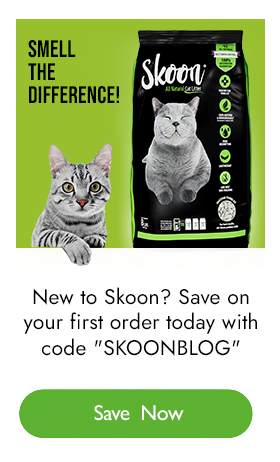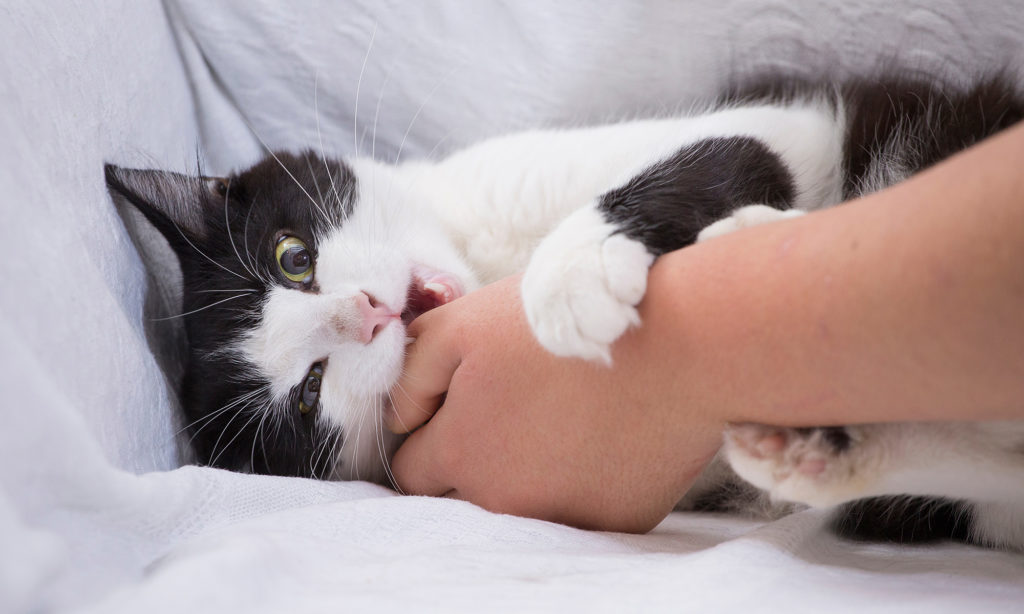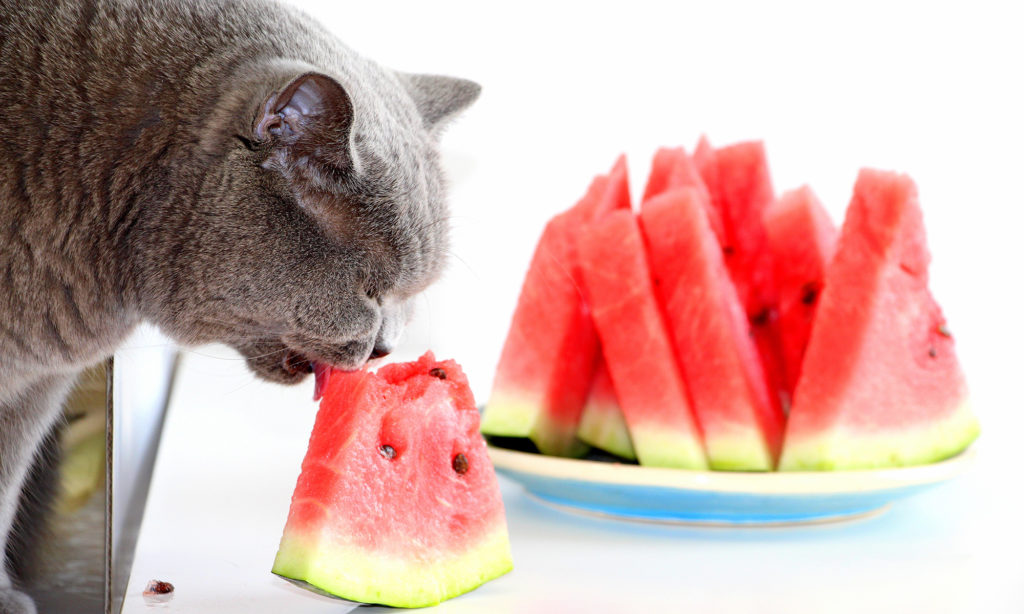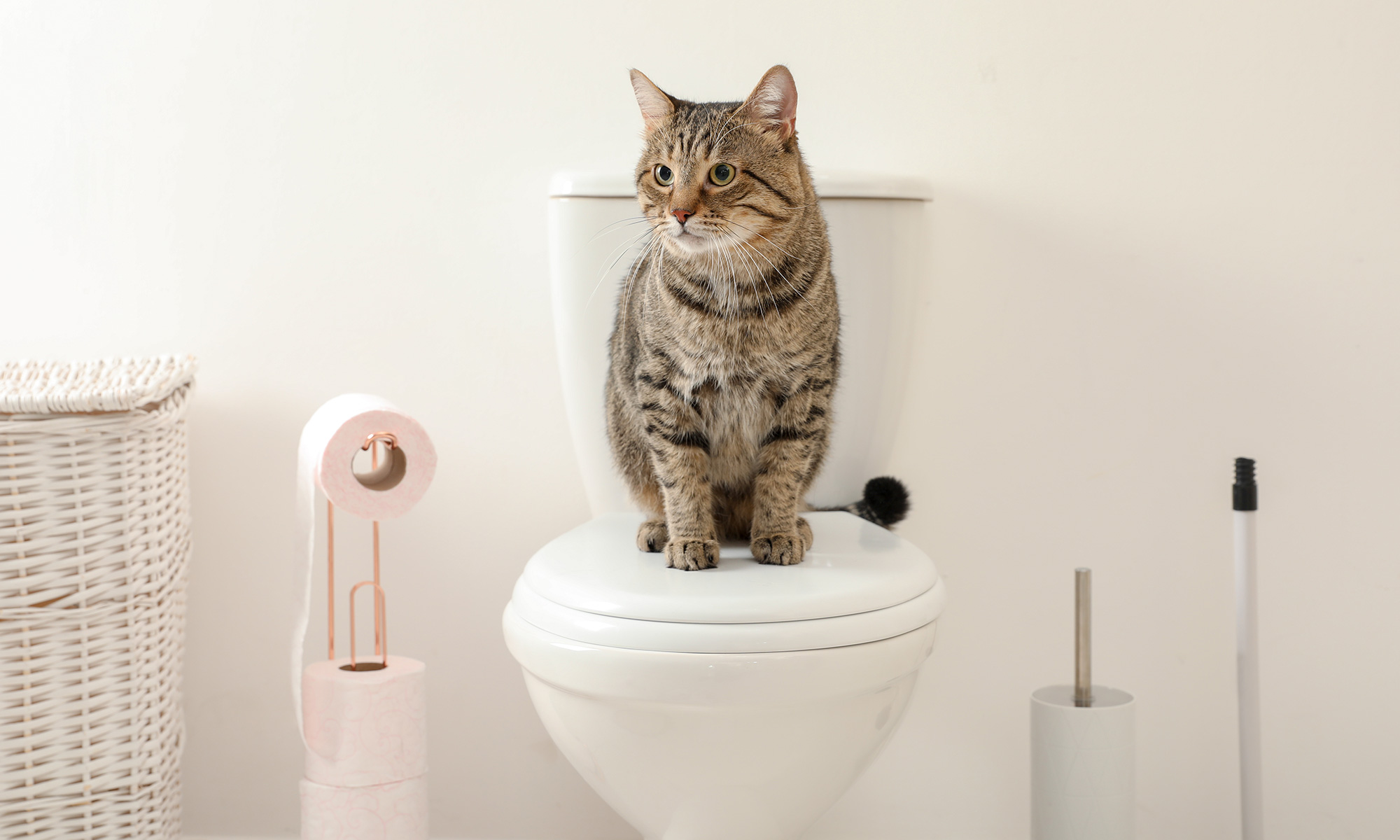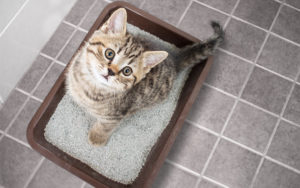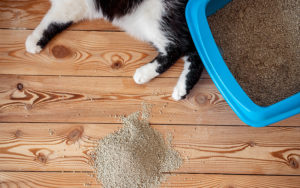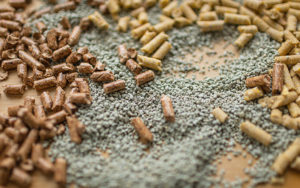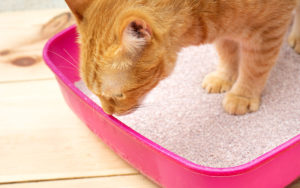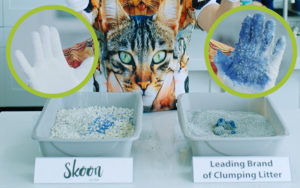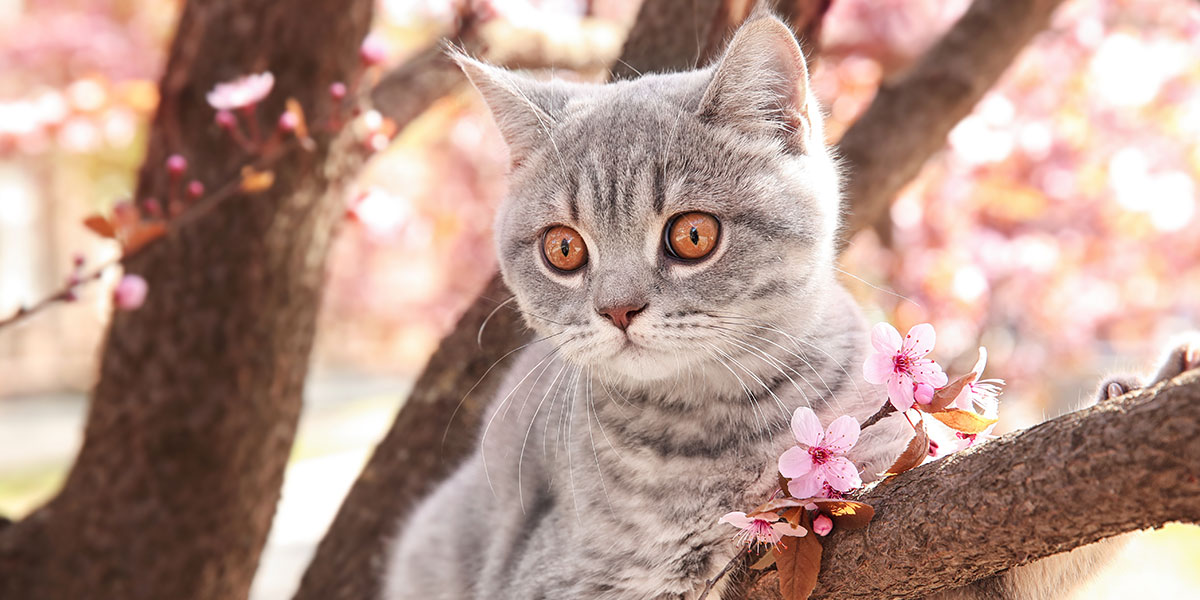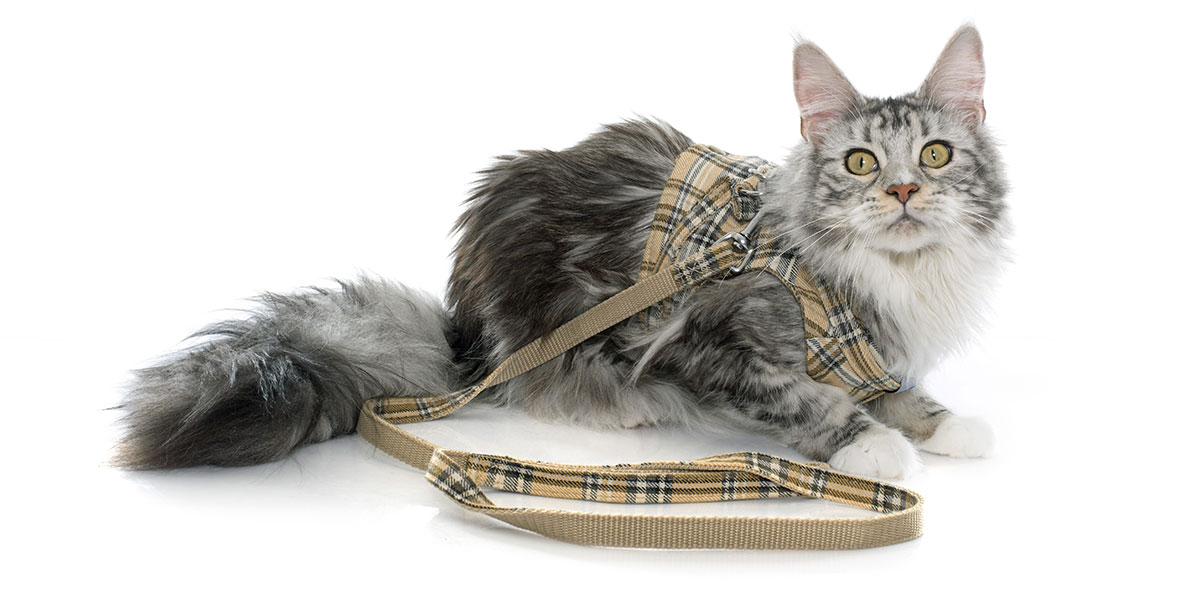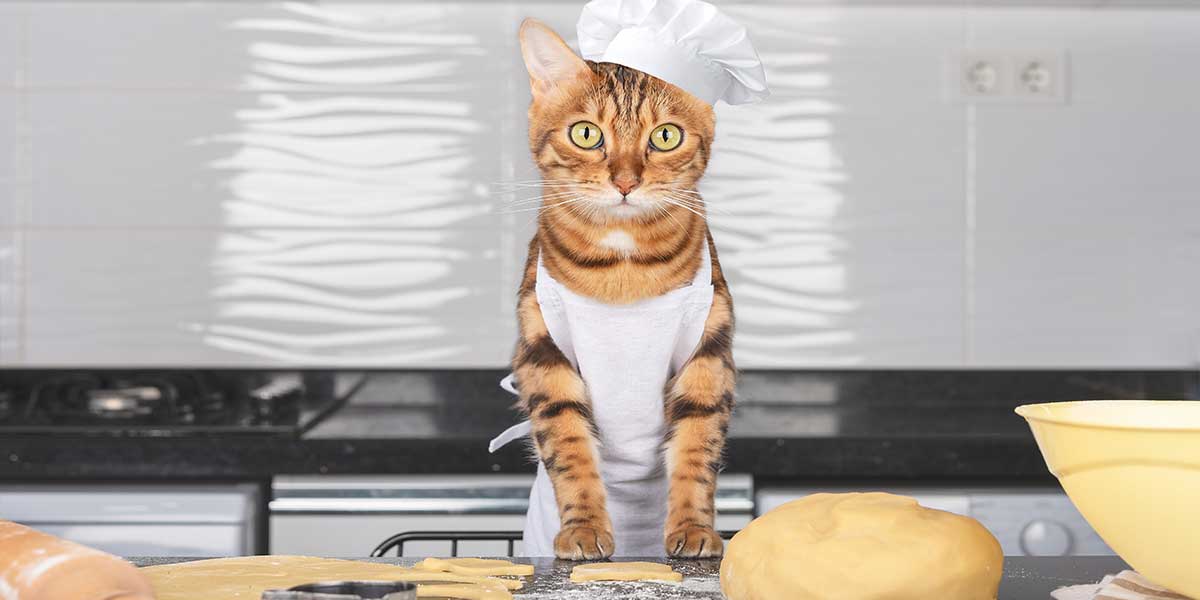Picking the Right Cat Litter for Kittens
Just like humans, kittens need to be potty-trained. At around the three-week mark, kittens are ready to go to the bathroom on their own — with parental supervision, of course. Even with the best training, kittens may struggle to go to the toilet if they don’t have the proper litter box setup. In addition to making sure that the litter box is placed in a comfortable spot, it’s also essential that you use the right kind of cat litter.Luckily, we’ve done the hard work for you: Here, we’ve included everything you need to know about finding the best cat litter for kittens, including why some non-clumping cat litters are better suited for tiny paws than others. Plus, get tips and tricks on how to train your little feline to use the litter box, as well as advice on when it’s best to switch over to clumping varieties (if that’s what your cat prefers).
How to Pick the Best Cat Litter for Kittens
You’re about to pick up your new bundle of fluff, but first, you have to make sure you have everything they need to start their new life at home. Sorting out their litter box and kitty litter should be at the top of your list, along with cat food. When choosing the best cat litter for kittens, there are many things to keep in mind, but your kitty’s safety and comfort should always be top of mind.As you walk through any pet store aisle, you’ll find an assortment of kitty litters — some scented with essential oils and other odor-masking aromas, others unscented. Fragrance aside, kitty litters are divided into two main types: clumping or non-clumping cat litter. It’s pretty easy to distinguish between the two: Clumping cat litter forms easy-to-scoop masses, whereas the non-clumping kind doesn’t.Vets agree that non-clumping cat litter is the best cat litter for kittens. Since the kitty litter doesn’t clump as a response to liquid, it’s harder for the kitten to eat it. It also tends to be softer on their little paws (paper non-clumping cat litter, especially) and lighter for them to cover up their business. Also, a big bonus is the low to no-dust factor. Kittens are arguably messier than their parents, creating much more dust in the air. While it may be annoying for you, it can actually be dangerous to baby cats, as their lungs are still developing.
The Main Reasons Why Non-Clumping Is the Best Cat Litter for Kittens
Non-clumping cat litter is better at absorbing large volumes of cat urine, ultimately masking unwanted odors. You’ll even find that some litters include baking soda or charcoal, which are purposely added to eliminate inevitable odors.Even though it can absorb more cat pee, you still need to clean the litter box frequently. In fact, it’s best to clean the entire litter box once a week because it’s hard to know exactly how much urine has been absorbed. Luckily, it tends to be one of the cheapest kinds of cat litter, so you won’t have to spend too much money to replace the litter box each week.
Breaking Down the Different Types of Non-Clumping Cat Litter
Deciding that you’re going to go with non-clumping cat litter is only half of it; there are several varieties to choose from. While you can’t go wrong with any kind of non-clumping kitty litter, there are critical differences between clay, crystal, pine and paper varieties.
- Clay cat litter is one of the most popular options because it absorbs the odor of whatever your cat leaves behind and can also be used to deodorize other parts of your house or garden.
- Crystal cat litter is made out of silica crystals, which tend to last longer than other non-clumping options. The litter itself is super lightweight, so it’s super easy to sift through after your kitten does its business.
- Pine cat litter is an environmentally friendly way to absorb your cat’s bathroom odors. The non-clumping variety is lightweight and dust-free, making clean-up a breeze.
- Paper pellet cat litter is made out of recycled paper material, like a newspaper. It’s perfect for tiny kittens or cats with injured paws because it’s lightweight and soft to the touch. One thing: It shouldn’t be used for an extended period since it doesn’t control odor nearly as well as clay, crystal or pine cat litter.
How to Train Your Kitten to Use the Litter Box
Most kittens won’t be ready to use the litter box until they are three weeks old. When it comes time introducing them to the litter box, start off slow and practice your patience. Shortly after the kitten wakes up or eats, place them next to the litter box and see what happens. Some curious kitties will hop right in the litter box and start digging at the litter. If your kitten doesn’t do this on its own, then grab hold of its front paws and start searching in the litter. Over time, your kitten may naturally go to the litter box on their own, even if they’re not going to the bathroom quite yet. While they’re still getting the hang of it, be sure to have pee pads or towels surrounding the litter box in case they have accidents or faulty aim.In many ways, the techniques for potty training toddlers apply to kittens: Don’t punish or yell at your kitten if they have an accident because it may frighten them, turning them off from using the litter box altogether. Take a more positive approach by cheering them on when they successfully use the litter box, even giving them a treat or cuddle.Remember: A litter box in mint condition is more alluring, so be sure to clean the litter box regularly. As a general rule, scoop the litter every day and change it over once a week. Placement of the litter box is also key. Be sure to place it in a visible area that still offers some level of privacy — it’s your cat’s bathroom, after all! Keep the litter box away from their food or water since no one — your cat included — wants to do their business in the same place that they eat.
How to Know When to Switch Over to a New Cat Litter
Wait until your kitten is at least four months old to make the transition. At this point, they’ve fully adjusted to using a litter box and are less likely to try eating the litter (there are exceptions, of course).If your kitten seems ready for something new, start by adding small amounts of the new kitty litter to the box of old litter over a seven to 10-day period (or until your cat seems perfectly comfortable going to the bathroom). Watch your cat’s bathroom behavior during this time to pick up on any noticeable negative changes.If your cat completely avoids the litter box during the transition process, pour different kinds of litter in a handful of boxes and see which one they frequent. That leaves the decision-making up to them. If they continue to go to the bathroom outside of the litter box, call your vet since it may be a sign of a bigger health problem.If you want to give your kitty a cleaner, better cat litter option, get started with Skoon. We offer a variety of non-clumping scents, ideal for kittens and multi-cat households.

